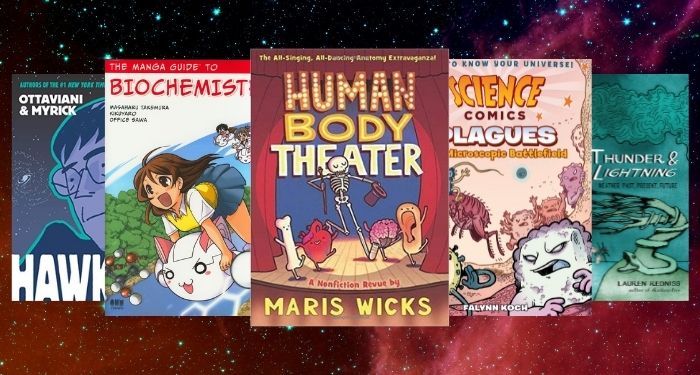
Graphic Novels About Science
Graphic novels are fun to read, but can they be used for school and learning? Yes! Graphic novels are a great supplement to any subject in school. Not only can they entice a reluctant reader, but they offer visual cues for those with learning or reading disabilities, can be more accessible to English language learners, help with visual literacy skills, and can illustrate or present ideas in a new way.
I really love graphic novels and comics to begin with, but the more I read them, the more I also appreciate their use in subjects typically found in school. For science, this can be especially beneficial when explaining a complex reaction, if there’s a lot of material to remember on one thing, or if the particular topic doesn’t seem fascinating. Graphic novels can make it more interesting and make it more visual, and therefore easier to remember for some people, which can be especially helpful when it comes to science.
If you’re looking for some graphic novels about science, look no further! I’ve put together a list of science-themed graphic novels to add to your collection. The next time your teacher starts a new unit, or if you’d like to learn more about a scientist or about a topic in science, why not take a look at one of these?
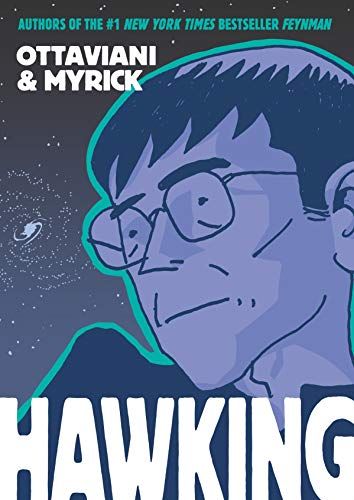
Hawking by Jim Ottaviani and Leland Myrick
Sometimes biographies of scientists can be pretty…dry. The duo that brought you Feynman is back with this graphic biography of Stephen Hawking. In this book, Ottaviani and Myrick illustrate Hawking’s life and work in a compelling way. They detail his work in cosmology and theoretical physics, but also his contributions to pop culture and work as a disability activist. It’s a detailed, nuanced look at a complex figure that’s also fun to read.
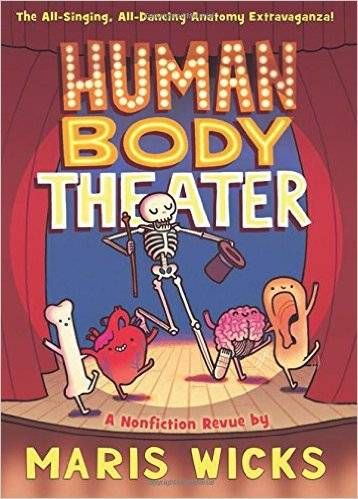
Human Body Theater: A Non-Fiction Revue by Maris Wicks
This graphic novel is geared more toward younger children — although honestly, anyone would find it informative and interesting — but it’s not “dumbed down” in the least. In this book, the reader is led through every system of the body: the skeletal system, the endocrine system, the immune system, the reproductive system, and much more. The graphics really bring the science and terminology to life, and it’s a real treat to read.
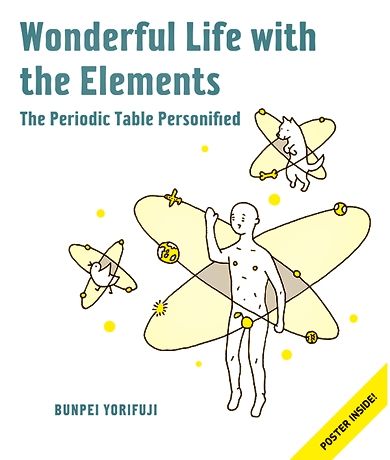
Wonderful Life with the Elements: The Periodic Table Personified by Bunpei Yorifuji
In this book, Yorifuji reimagines the periodic table with each element being a unique person with their properties made visual. Clothes, the length of the beard — each detail of their appearance is significant and part of the element. In this way, learning about each character, you’ll visualize more about each element, possibly making it easier to remember more about it.
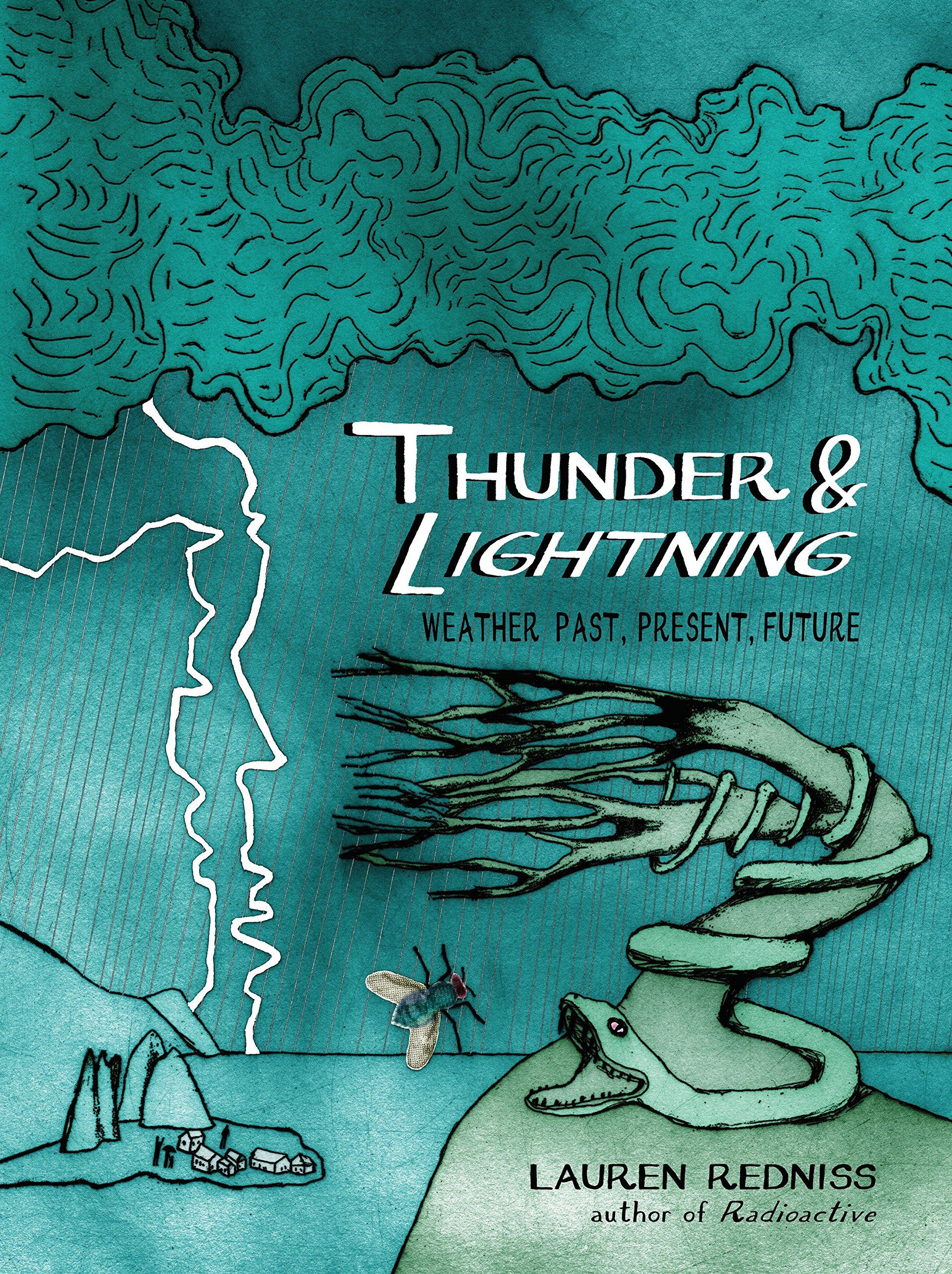
Thunder & Lightning: Weather Past, Present, Future by Lauren Redniss
The author/illustrator of Radioactive is back, this time with a book about weather. Redniss takes the reader all over the world and through time to explore different kinds of weather, the economic impact of weather events, our personal relationships with the weather, and our global relationship with it, in the face of climate crisis. The art, the writing, the approach to the topics — all of it makes the book a unique, enjoyable book to read and will have you thinking about weather in a whole new way.
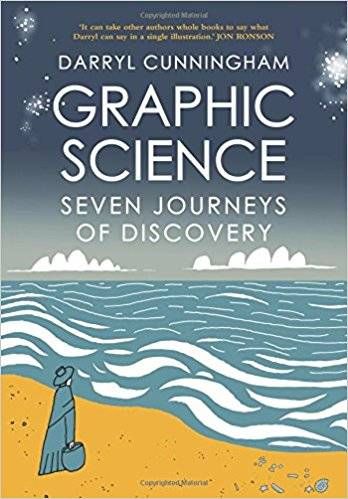
Graphic Science: Seven Journeys of Discovery by Darryl Cunningham
We all know the major famous scientists like Einstein and Darwin, but in this book, Cunningham looks at seven other scientists who have contributed great things, but who may be sidelined or not so much household names. Mary Anning, Antoine Lavoisier, George Washington Carver, and Jocelyn Bell Burnell are among those he looks at. He looks at not only why they might have been marginalized or excluded, but also the great things they have done. It’s highly educational but also very readable.
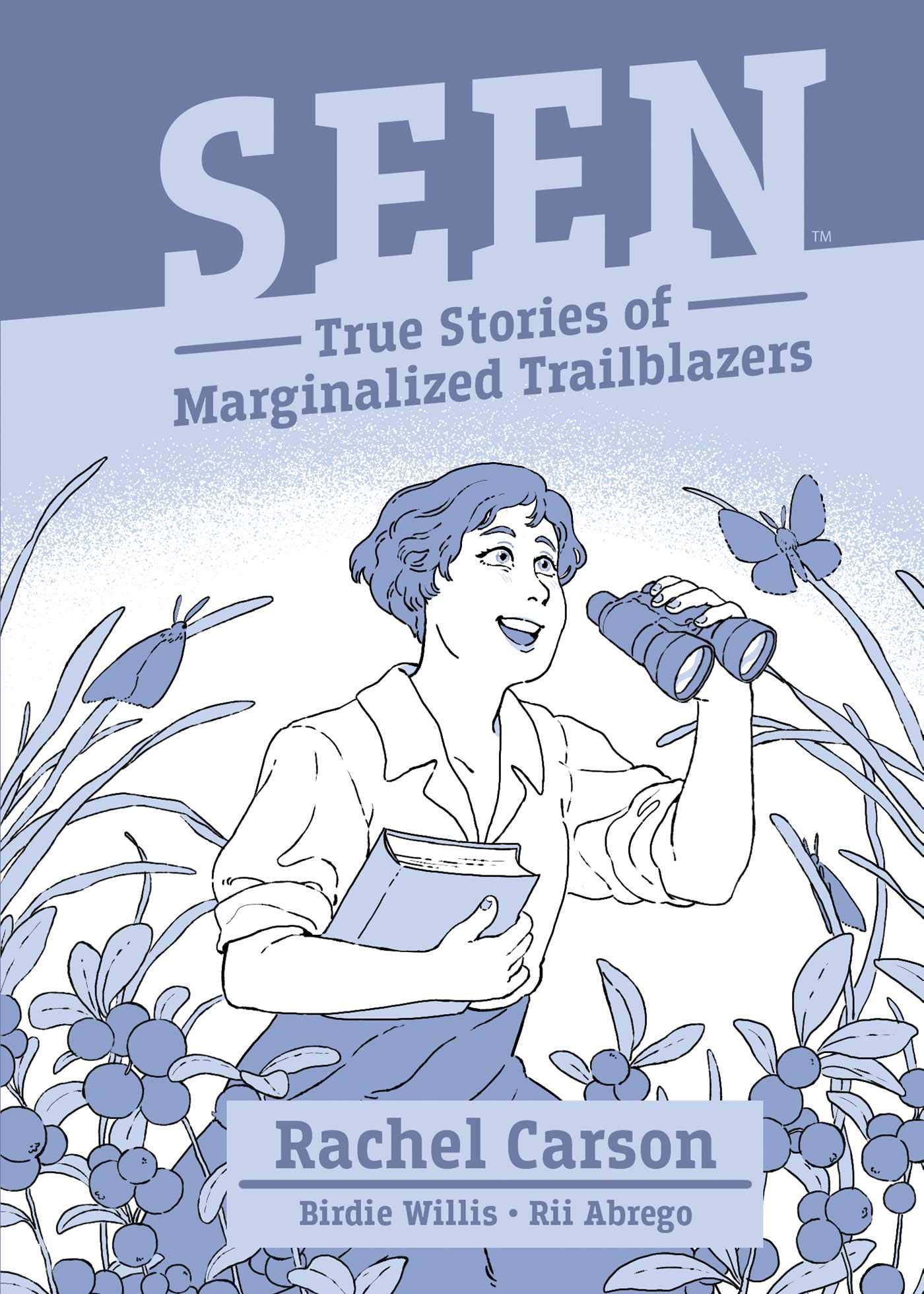
Seen: Rachel Carson by Birdie Willis and Rii Abrego
Willis and Abrego bring to life the story of marine biologist Rachel Carson, whose environmental work still inspires people today. In this middle grade graphic novel, readers see Carson’s developing interest in the natural world, how she dealt with sexism, and her passion for conserving and saving the environment. That being said, it’s a bit light on actual biographical details — so this book is probably best for a supplement to another book about Carson, but it’s worth adding to your resources nonetheless.
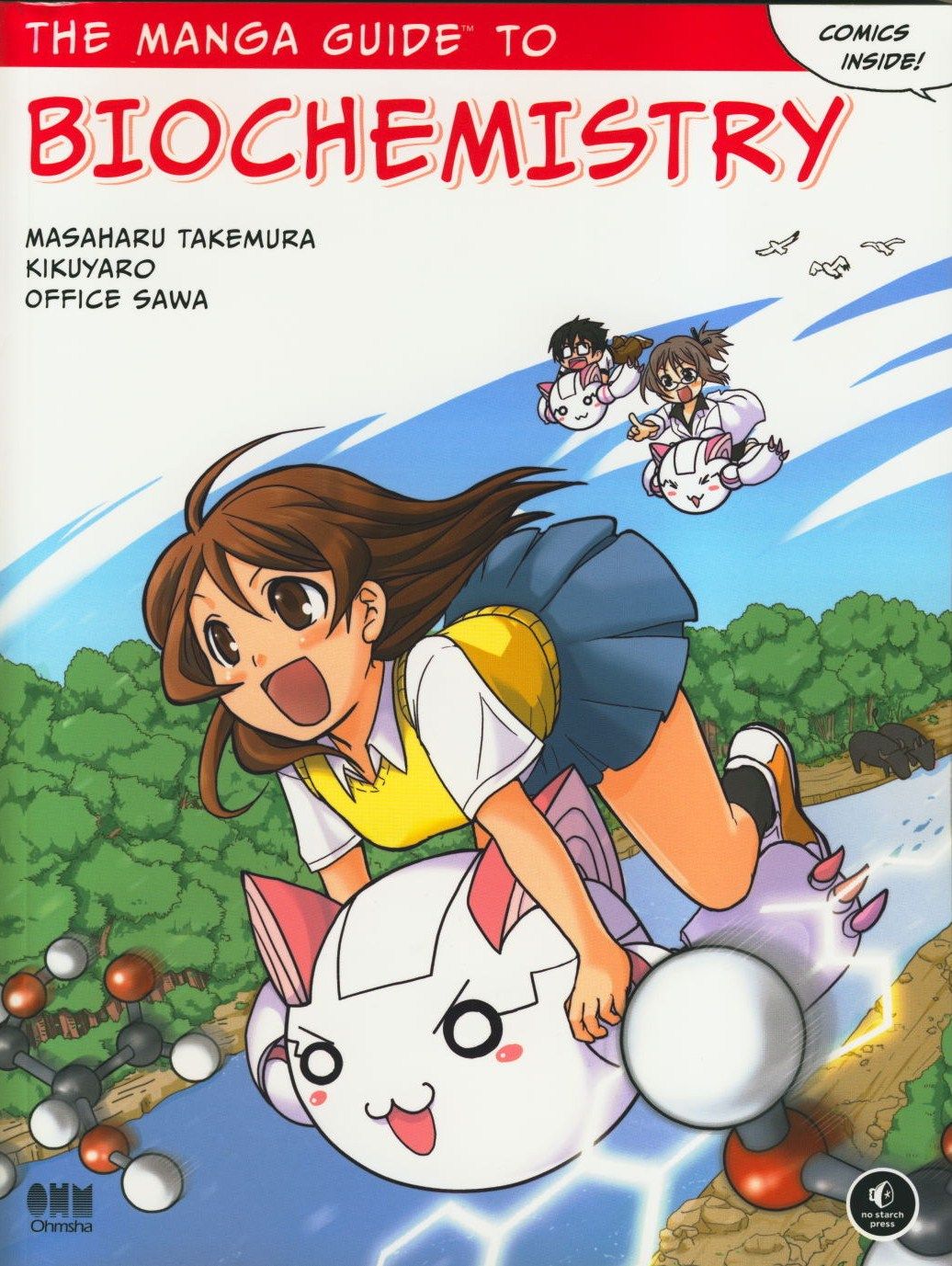
The Manga Guide to Biochemistry by Masaharu Takemura, Kikuyaro, Office Sawa
Do you love manga? Do you love science? You’ll love this book! Kumi loves to eat, but she’s a little worried about her penchant for junk food and its effect on her health. To find out more, she seeks out her friend Nemoto and his biochem professor, Dr. Kurosaka. What follows is a journey with an endoscopic robot through the body and its machinery, cells and DNA, metabolic processes and enzymes, and a lot more — all through manga!
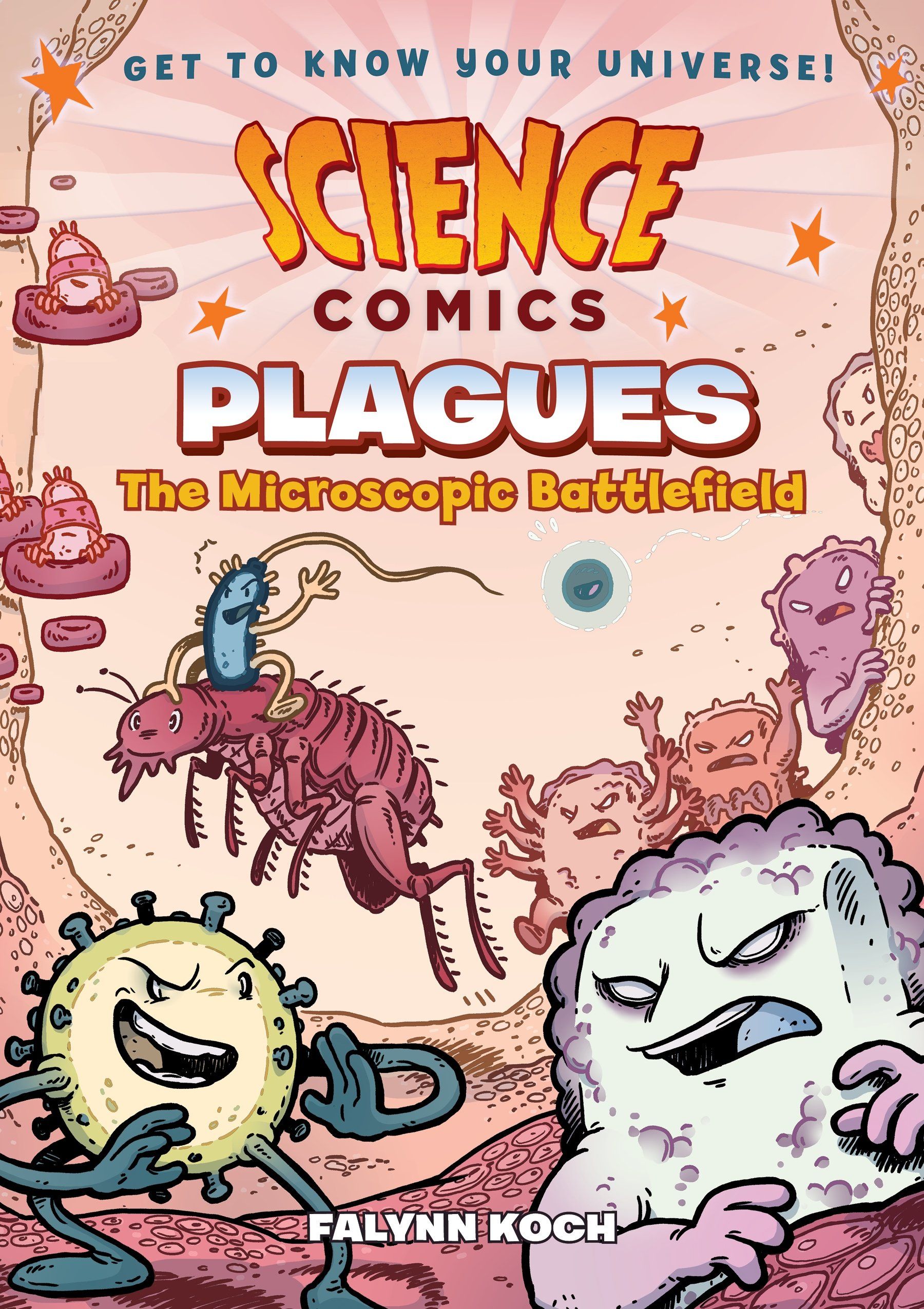
Science Comics: Plagues: The Microscopic Battlefield by Falynn Koch
If the past few years have taught us anything, it’s that we could probably all stand to learn more about microscopic diseases and infections. This fun comic takes us into the biology of these diseases, as well as immunity and how science and technology can help us treat and control the infections. The immune system and germs are made incredibly visual and fun in this book, making it a great read for anyone, no matter what your age.
If you’re interested in reading more graphic novels, check out this post on good graphic novels for beginners, and this post on YA books adapted into graphic novels.











